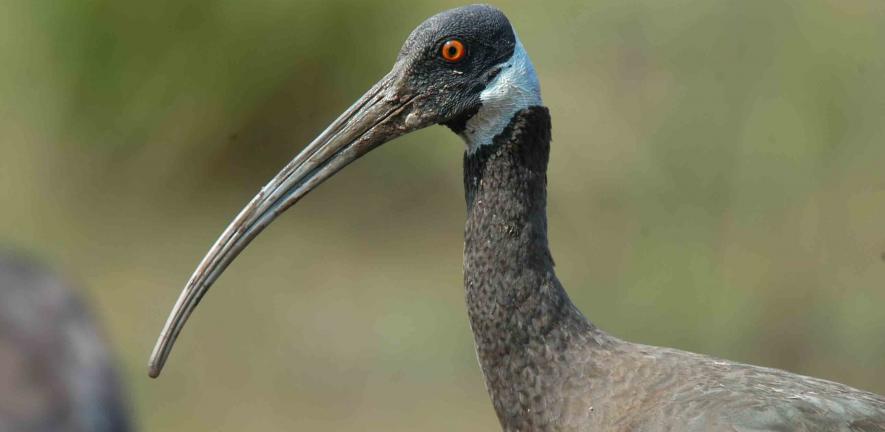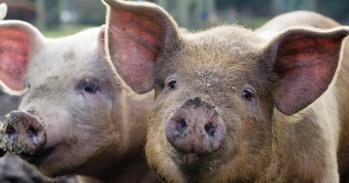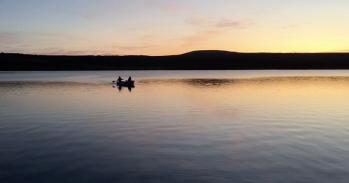
New study costs out key conservation targets.
New study costs out key conservation targets.
This shows that a substantial increase in investment in conservation is urgently required, but the total needed is trivial in comparison to the economic benefits that nature provides.
Andrew Balmford, Professor of Conservation Science at Cambridge and one of the authors of the study
World governments have committed to halting extinctions and safeguarding important sites for nature by 2020. However, until now, the financial costs of meeting these targets have been largely unknown. A new study provides hard figures estimating the investments needed to reduce the extinction risk for all known threatened species at £2.5 billion ($4 billion) annually, with a further £47.5 billion ($76 billion) needed each year to protect and effectively manage terrestrial sites of global conservation significance.
Andrew Balmford, Professor of Conservation Science at Cambridge and one of the authors of the study said: “This shows that a substantial increase in investment in conservation is urgently required, but the total needed is trivial in comparison to the economic benefits that nature provides.”
Following the failure of previous global commitments to reduce the rate of loss of biodiversity, in 2010 all parties to the Convention on Biological Diversity (CBD) adopted a new strategic plan, including the 20 Aichi Targets to be met by 2020. But the negotiations on financing are not yet resolved due to a lack of political will and patchy information on the investments needed.
With the next CBD Conference of the Parties starting next week in Hyderabad, India, an international team of authors brought together by the Cambridge Conservation Initiative (a unique collaboration between the University of Cambridge and leading biodiversity conservation organisations in and around Cambridge) has produced the first authoritative information on the financial costs of meeting two of the Aichi Targets that are most urgent: saving threatened species and protecting key sites for conservation.
In the paper, ‘Financial Costs of Meeting Global Biodiversity Conservation Targets: Current Spending and Unmet Needs’, published today in the journal Science, they use data for birds – the best known class of organisms – to estimate the costs of meeting conservation targets for all nature. The cost of reducing the extinction risk of all globally threatened bird species (enough to show improvement by one category on the IUCN Red List) is estimated at £0.55-0.77 billion ($0.88-1.23 billion) annually over the next decade.
“Just 12% of this funding is currently provided. Using data on the relative costs for other types of animals and plants, the team estimated that preventing human-driven extinction and improving the status of all animal and plant species known to be globally threatened would cost £2.13-2.98 billion ($3.41-$4.76 billion) annually,” Professor Balmford added.
To assess the costs of safeguarding sites, the authors examined terrestrial sites of global conservation significance for birds (the 11,731 Important Bird Areas [IBAs] identified by BirdLife). IBAs represent the largest systematically identified global network of important sites for biodiversity (not just birds), but only 28% are completely covered by existing protected areas. Effectively managing these already-protected sites would cost £4.5 billion ($7.2 billion) each year. Expanding protection and effective management to the remaining IBAs increases the total to £36.1 billion ($57.8 billion) per year. These additional protected areas would increase the proportion of the world’s land surface covered by protected areas to just over 17%, the threshold governments have committed to in the Aichi Targets.
Globally important sites have also been systematically identified for mammals, amphibians and some reptile, fish, plant and invertebrate groups in a number of countries. Of these sites, 71% already qualify as IBAs. Assuming this relationship holds worldwide, the costs of protecting and effectively managing a global network of sites for nature more broadly is estimated to be US$76.1 billion annually.
“The shortfalls we have identified highlight a clear and urgent need to scale up investment in biodiversity conservation substantially”, said the paper’s lead author, Donal McCarthy, Environmental Economist at BirdLife International and the RSPB. “But the total costs are very small relative to the likely costs of inaction. The total is just 1-4% of the net value of ecosystem services being lost annually, for which estimates range from £1.5 to £4.13 trillion ($2 to $6.6 trillion). More prosaically, the total required is less than 20% of annual global consumer spending on soft drinks.”
“The total sums may sound large, but these are investments, not bills – saving nature makes economic sense because of the payback in terms of services and benefits that people receive in return, from mitigating climate change to pollinating crops”, said Dr Stuart Butchart, BirdLife International’s Global Research Coordinator.
The analysis provides a sound basis for resolving the discussions among governments on the finance needed to implement the CBD Strategic Plan for Biodiversity up to 2020. A particular challenge will be how to address the current mismatch between the higher resources available in richer countries and the higher conservation needs in biodiversity-rich but financially poor countries.
“Resolving the on-going conservation funding crisis is urgent: the longer that investments in conservation are delayed, the more the costs will grow and the greater will be the difficulty of successfully meeting the targets”, added Butchart.
For more information, please contact Genevieve Maul (genevieve.maul@admin.cam.ac.uk) at the University of Cambridge Office of External Affairs and Communications.
This work is licensed under a Creative Commons Licence. If you use this content on your site please link back to this page.





